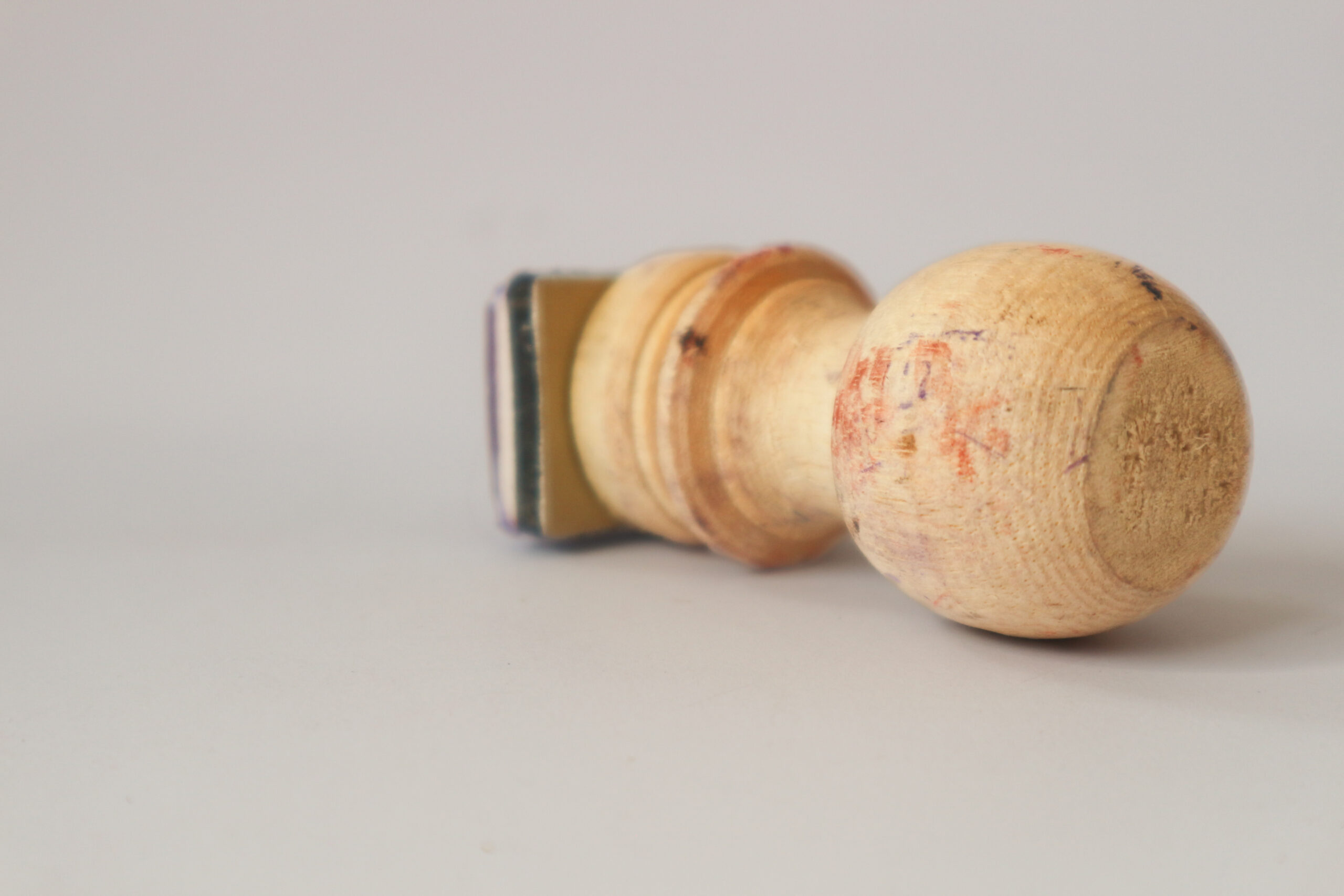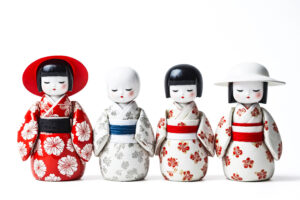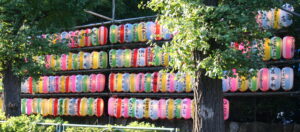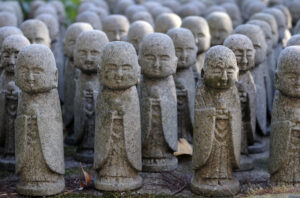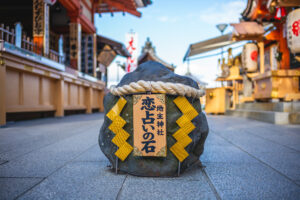In the heart of Japan’s vibrant culture lies an artifact of profound importance and traditional value: the hanko stamp. More than just a tool for authorization, hanko stamps embody a rich historical tapestry that weaves together elements of personal identity, social status, and artistic expression. As Japan strides into the digital age, the hanko system finds itself at a crossroads between tradition and modernity. This exploration delves deep into the cultural significance of hanko stamps in Japan, tracing their origins, evolution, and contemporary relevance in various facets of Japanese life.
The Ancient Origins of Hanko Stamps in Japan
The history of hanko stamps in Japan dates back to the 5th century when they were introduced from China. Initially, these seals were exclusive to the imperial family and high-ranking officials, symbolizing authority and authenticity. These ancient stamps, made of materials ranging from wood to jade, were intricately carved with the bearer’s name and sometimes their title or position. The use of hanko was strictly regulated, and possessing one was a sign of considerable power and prestige. This period marked the beginning of a cultural practice that would deeply embed itself in the fabric of Japanese society. As the centuries passed, the hanko gradually became more widespread, with its usage extending to samurai, monks, and merchants, further entrenching its importance.
Personal Identity and Hanko: A Cultural Bond
In Japanese society, a hanko serves as a tangible expression of one’s identity. Unlike in Western cultures, where signatures are the norm, in Japan, the personal hanko represents an individual’s official mark on documents and transactions. This cultural bond is initiated from a young age, with many receiving their first hanko as a rite of passage into adulthood. The personal hanko is deeply intertwined with an individual’s legal and social activities, from opening a bank account to marriage registrations. Each stamp is unique, often reflecting the person’s name and personal taste, thereby fostering a deep sense of ownership and pride.
Hanko Stamps: From Royalty to Every Household
The democratization of hanko stamps over the centuries is a testament to their deep-rooted significance in Japanese culture. From their aristocratic origins, hanko stamps have found their way into every household, serving various roles from official seals to signatures for delivery receipts. This ubiquitous presence underscores a shift from exclusivity to accessibility, allowing people from all walks of life to partake in this cultural tradition. Today, a plethora of hanko shops cater to a wide array of preferences, offering custom designs that range from simple to elaborate, ensuring that everyone’s personal identity is uniquely captured.
The Artistic Evolution of Hanko Stamp Designs
Over the years, the design of hanko stamps has evolved from traditional to more personalized and artistic expressions. Craftsmen known as hanko-shi dedicate themselves to the art of creating these stamps, blending traditional techniques with modern aesthetics. The choice of materials has also expanded, including precious stones and metals, catering to those seeking more than just a functional item. These artistic evolutions reflect the changing tastes and values of Japanese society, while still honoring the centuries-old tradition of hanko usage.
Hanko in Business: Sealing Deals Traditionally
In the Japanese business world, the hanko stamp holds a place of unmatched significance. It is a symbol of trust and authenticity, used in contracts, invoices, and official documents. The company hanko, in particular, embodies the corporation’s identity and is safeguarded with the utmost care. This tradition underscores the value placed on personal relationships and trust in business dealings, distinguishing Japanese business culture from its Western counterparts. Despite the convenience of digital signatures, many companies remain steadfast in their use of hanko, viewing it as an indispensable aspect of their corporate identity.
Rituals and Etiquette: The Proper Use of Hanko
The use of hanko stamps is governed by a set of unwritten rules and etiquette that reflect the Japanese value of respect and order. The correct positioning, pressure, and ink consistency are considered crucial, and mistakes can invalidate a document. Special attention is also given to the storage and care of the hanko, as it is not merely a tool but a representation of one’s honor. These rituals and etiquette practices reinforce the cultural importance of hanko stamps, ensuring their continued reverence in Japanese society.
Hanko Stamps in the Digital Age: Adapting Tradition
As Japan navigates the digital transformation, the role of hanko stamps is evolving. Efforts to digitize certain administrative procedures have sparked debates about the necessity of hanko in modern times. However, many argue that the hanko system offers a unique blend of security and personal touch unmatched by digital signatures. Innovations such as electronic hanko aim to bridge tradition with technology, ensuring the cultural practice remains relevant. This transition period is a testament to the adaptability of hanko stamps, reflecting a society that values its heritage while embracing the future.
Crafting Hanko: The Masters Behind the Stamp
The creation of hanko stamps is an art form, carried out by skilled artisans known as hanko-shi. These craftsmen employ traditional methods passed down through generations, alongside modern techniques, to create stamps that are both beautiful and functional. The process involves careful consideration of the material, design, and carving technique, ensuring each hanko is a work of art. The dedication of these artisans to their craft plays a crucial role in preserving the cultural significance of hanko stamps, amidst changing times.
Hanko Stamps and Their Role in Japanese Ceremonies
Hanko stamps also play an integral role in various Japanese ceremonies, symbolizing formal recognition and respect. In weddings, for example, the couple’s hanko are used to seal their marriage documents, marking a lifelong commitment. During business inaugurations, a new company hanko is often unveiled, signifying the start of a new venture. These ceremonial uses of hanko stamps highlight their symbolic power and the deep cultural meanings they convey within Japanese society.
Collecting Hanko: A Hobby with Historical Roots
For some, hanko stamps are not just tools but collectible items with historical and artistic value. Enthusiasts seek out antique hanko made of rare materials or those that bear the marks of notable individuals. This hobby not only reflects a passion for Japanese history and art but also contributes to the preservation of hanko culture. Collectors play a vital role in ensuring that the history and craft of hanko stamps are appreciated by future generations.
The Legal Significance of Hanko in Modern Japan
Despite the shifting landscape towards digitalization, hanko stamps retain legal significance in Japan. They are still required for various official documents, real estate transactions, and corporate activities. This legal framework underscores the enduring importance of hanko in Japanese society, serving as a bridge between the past and the present. As Japan continues to modernize, the legal status of hanko stamps remains a topic of discussion, reflecting the balance between tradition and innovation.
Preserving Hanko Culture: Efforts and Challenges
Preserving the cultural significance of hanko stamps in a rapidly changing world poses both challenges and opportunities. Efforts by artisans, collectors, and enthusiasts to keep the hanko tradition alive are countered by the convenience of digital alternatives. However, the cultural, historical, and artistic value of hanko stamps offers a compelling argument for their preservation. Initiatives to educate younger generations about the importance of hanko, along with innovations in stamp design and usage, are crucial in ensuring that this unique aspect of Japanese culture endures.
The cultural significance of hanko stamps in Japan encompasses a rich history, personal identity, and traditional practices that have been cherished for centuries. As Japan stands at the crossroads of tradition and modernity, the future of hanko stamps is a reflection of the society’s ability to honor its past while embracing the future. Through the collective efforts of artisans, businesses, and the community, the hanko tradition continues to adapt, proving its resilience and enduring value in Japanese culture. As we explore the multifaceted roles of hanko stamps, it becomes clear that they are not merely tools for authentication but symbols of a deeply rooted cultural heritage that continues to leave its mark on the Japanese way of life.
